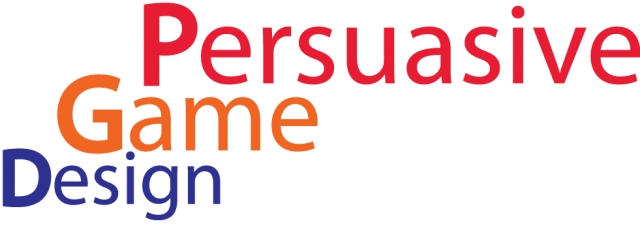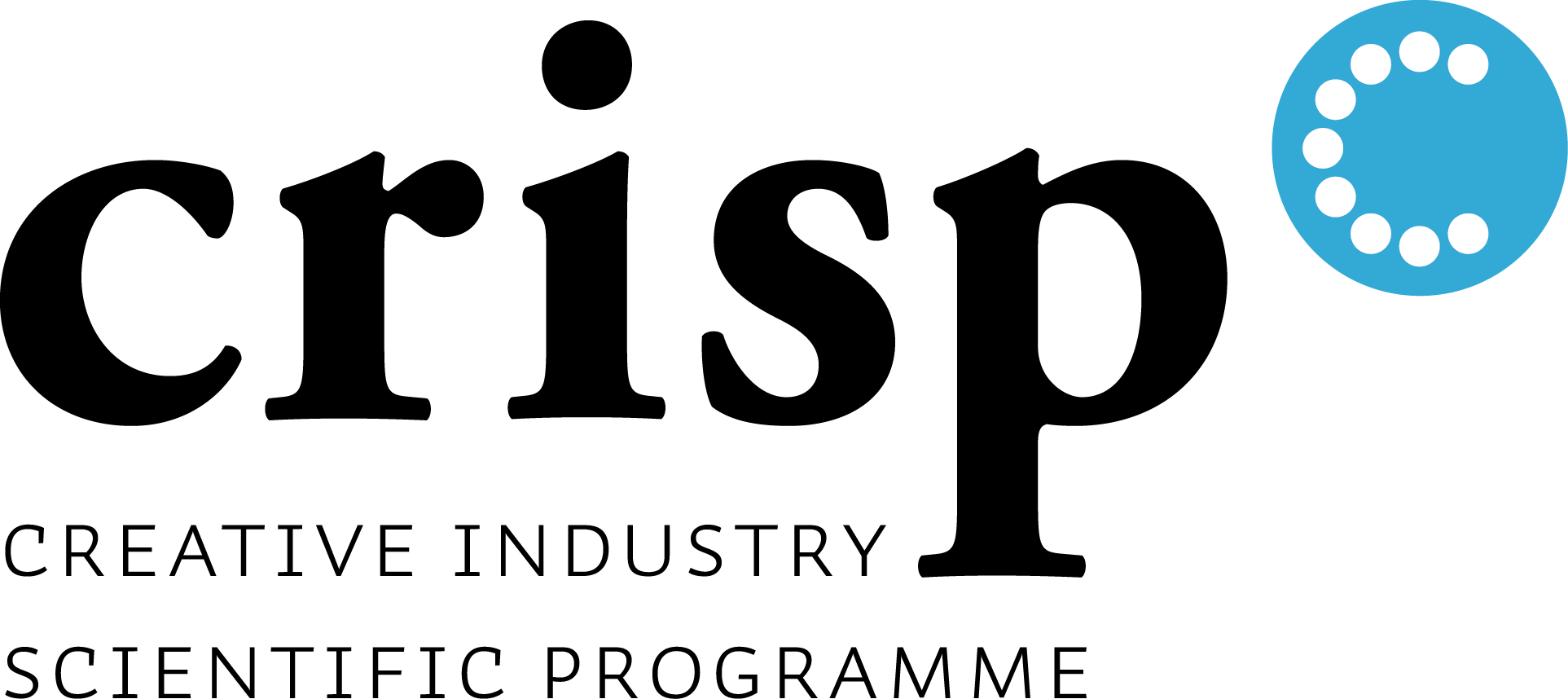Snaxp ert
ert
Creating positive food-related experiences to improve the image of everyday products for children aged 9 – 12
In the Netherlands, almost one quarter of the children is overweight. (VUmc, 2012) This percentage keeps on rising. Overweight is expected to be the world’s largest health care problem in 2050. Children deserve special attention, since research by EPODE (Ensemble, Prévenons l’Obésité Des Enfants) shows that children that are overweight have a bigger chance of staying overweight throughout their life. For children who were overweight or obese prior to puberty, 20-50% will be overweight as an adult. This percentage rises to 50-70% for children who are overweight or obese during adolescence. (EPODE, 2013) This is a problem since overweight and obese children are more likely to develop diseases like diabetes and cardiovascular diseases at a younger age. For this reason, Masters that Matter, a foundation that creates solutions for the challenges our society faces, decided to launch a project in cooperation with Deelgemeente Rotterdam Noord and Ahold. The goal is to find a solution to prevent overweight in 9-12 year old children using a design approach. An interesting element found during research is the way children shape perception around food and drinks. For instance, energy drink and candy seem extremely cool. There is a range of factors underlying this behavior. Think of peer pressure, looking for a quick fix (in sugar), but also marketing. This combination of factors leads to a perceived product image, in which a bag of crisps is more cool and interesting than an apple. Research shows that mini-games around unhealthy foods persuade children to choose these foods more often in comparison to children who did not play these mini-games. This project builds upon this phenomenon and uses it in a positive way. Through participating in healthy mini-games, children are persuaded to choose a healthy food over an unhealthy alternatives. The mini-games are designed to be played after school. Every week a new product promotion, involving a new mini-game, is launched in the local supermarket. The designed games consist of a label (to label the food product) and an interactive website (giving instructions). The food products that are on promotion are labelled with a scratch of code. This scratch of code provides entrance to an interactive website. The design of both label and website trigger children’s curiosity. The web environment challenges children to execute the food mission. Social media is used as a means to built remembrance of the activity. The final design consists of 12 food missions. Some of these missions have been tested and evaluated with the target group (children aged 9-12). One mission is making a mustache from kiwi skin. This mission proved to have a fun-factor and stimulated children to eat kiwi. Most children respond positively to the design of the mini-game and online environment. The visual styling fits the target group well. User research has led to a set of recommendations. Masters that Matter can implement these recommendations to uplift the concept to the next level. An important recommendation is to find a strategic partner that invests resources and develop a proof of concept. Further research is needed to prove that these mini-games indeed change the product image of everyday foods.
Johan W. Langendoen
johanlangendoen.com
Pasman, G.J. , Jimenez Garcia, J.C., Van den Boogaard, G.A.
master thesis, Maart 2014


